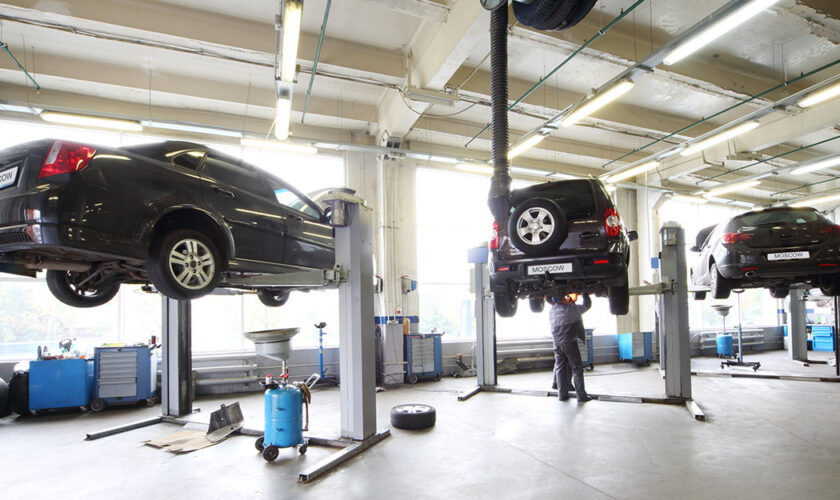Buying new glasses can feel like walking a tightrope between style, comfort, and cost. On one hand, you want something that flatters your face and fits your lifestyle; on the other, you don’t want to spend a small fortune. The good news is that affordable doesn’t have to mean low quality. With the right approach, you can find eyewear that looks good, feels comfortable, and lasts — even if you’re shopping for cheap prescription glasses.
Understanding what you’re really paying for
Before diving into deals and discounts, it helps to understand what contributes to the cost of a pair of glasses. Price isn’t just about branding — it’s shaped by materials, lenses, coatings, and even where you buy them.
- Frames: High-end designer frames often cost more due to brand prestige, craftsmanship, and design complexity. However, many affordable alternatives use the same durable materials, like acetate or stainless steel.
- Lenses: These make up the biggest portion of the cost. The type (single vision, bifocal, varifocal), material (plastic, polycarbonate, high-index), and coatings (anti-glare, UV protection, scratch resistance) all influence price.
- Retail model: Traditional opticians often have higher mark-ups to cover store costs, while online retailers can offer the same quality at a fraction of the price.
Knowing where your money goes helps you make smarter decisions — and avoid paying extra for features you don’t really need.
Material matters
One of the first signs of long-lasting eyewear is the frame material. Cheap doesn’t have to mean flimsy; it’s all about what’s used and how it’s made.
- Acetate: A type of lightweight plastic that’s flexible and comfortable, making it ideal for everyday wear. It’s available in a wide range of colours and finishes, so you can still find something stylish.
- Metal alloys: Stainless steel and titanium are durable, corrosion-resistant, and less likely to warp over time. They’re also a good choice for people with sensitive skin.
- TR90: A thermoplastic material used in many affordable frames that’s known for flexibility and impact resistance — perfect if you’re prone to dropping your glasses.
When shopping online, check the product description for these materials. A frame made from quality acetate or metal will last far longer than one from basic plastic, even if the price tag looks similar.
The lens quality test
Lenses are where quality really counts. If you’re buying affordable eyewear, make sure you’re not compromising on clarity or protection.
Look for lenses with anti-scratch and anti-reflective coatings as standard. These small upgrades make a big difference in daily comfort and durability. Many online retailers include them in the base price, especially those specialising in affordable eyewear.
Also, consider polycarbonate lenses if you want impact resistance without added bulk. They’re ideal for active lifestyles or anyone who’s a bit accident-prone.
Even with cheap prescription glasses, the right lens material and coating can extend their lifespan significantly, ensuring they look and perform well for years rather than months.
Fit is just as important as fashion
Even the most durable glasses won’t last if they don’t fit properly. Ill-fitting frames can slide, stretch, or bend, which puts unnecessary pressure on hinges and arms.
When shopping online, pay attention to the frame measurements — usually listed as three numbers (lens width, bridge width, and arm length). Compare these to your current pair to ensure a comfortable match. Many sites also offer virtual try-on tools or face shape guides to help you find the perfect fit.
And if you’re buying in-store, don’t hesitate to ask for adjustments. A well-fitted pair not only looks better but also wears better, reducing strain on both your glasses and your eyes.
Think timeless, not trendy
Trends come and go, but classic shapes like round, rectangular, or cat-eye frames rarely fall out of style. Choosing something timeless means you’ll want to keep wearing them for years, which makes investing in a quality pair far more worthwhile.
Neutral colours like black, tortoiseshell, or silver tend to age gracefully and match most wardrobes. If you want to experiment with bolder tones, consider owning a second pair for variety — an option that’s much more affordable when buying from online retailers that specialise in budget-friendly eyewear.
The online advantage
The rise of online eyewear shopping has revolutionised affordability. You no longer have to compromise on quality or selection to save money. Sites like Shade Station, for instance, allow you to compare multiple styles, materials, and lens types in one place — often at prices far lower than the high-street equivalent.
Many retailers even offer extras like free lenses, coatings, or next-day delivery, which adds value without extra cost. The key is to buy from a trusted supplier that clearly lists specifications and provides prescription accuracy guarantees.
When buying online, double-check:
- The return and exchange policy
- The included lens coatings
- Frame and lens warranties
This ensures you get the best value without the uncertainty often associated with “budget” options.
Care and maintenance: making them last
Once you’ve found the right pair, a bit of care goes a long way. Clean your lenses with a microfibre cloth and lens-safe cleaner — never tissues or rough fabric. Store your glasses in a hard case when not in use, and avoid leaving them in hot cars, where frames can warp.
For hinges and screws, a small tightening every few months keeps them secure and aligned. Simple habits like these can extend the life of your eyewear, regardless of price.
The idea that affordable eyewear means poor quality is outdated. Modern manufacturing and online retail have made it possible to get stylish, reliable glasses at every price point. The key lies in being informed — knowing what to look for and where to shop.
Whether you’re upgrading your old pair or buying your first, you can absolutely find cheap prescription glasses that offer comfort, clarity, and durability. It’s not about cutting corners — it’s about making smarter choices.
In the end, the best glasses aren’t necessarily the most expensive; they’re the ones that fit your face, your lifestyle, and your budget — and keep you seeing clearly for years to come.



